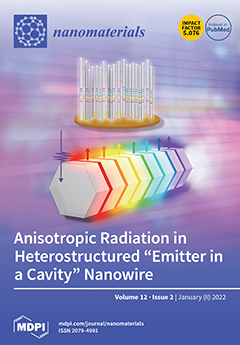Inflammatory bowel disease (IBD) is a lifelong inflammatory disorder with relapsing–remission cycles, which is currently diagnosed by clinical symptoms and signs, along with laboratory and imaging findings. However, such clinical findings are not parallel to the disease activity of IBD and are difficult to use in treatment monitoring. Therefore, non-invasive quantitative imaging tools are required for the multiple follow-up exams of IBD patients in order to monitor the disease activity and determine treatment regimens. In this study, we evaluated a dual P- and E-selectin-targeted microbubble (MB
Selectin) in an interleukin-2 receptor α deficient (IL-2Rα
−/−) spontaneous chronic IBD mouse model for assessing long-term anti-inflammatory effects with ultrasound molecular imaging (USMI). We used IL-2Rα
−/− (male and female on a C57BL/6 genetic background;
n = 39) and C57BL/6 wild-type (negative control;
n = 6) mice for the study. USMI of the proximal, middle, and distal colon was performed with MB
Selectin using a small animal scanner (Vevo 2100) up to six times in each IL-2Rα
−/− mouse between 6–30 weeks of age. USMI signals were compared between IL-2Rα
−/− vs. wild-type mice, and sexes in three colonic locations. Imaged colon segments were analyzed ex vivo for inflammatory changes on H&E-stained sections and for selectin expression by immunofluorescence staining. We successfully detected spontaneous chronic colitis in IL-2Rα
−/− mice between 6–30 weeks (onset at 6–14 weeks) compared to wild-type mice. Both male and female IL-2Rα
−/− mice were equally (
p = 0.996) affected with the disease, and there was no significant (
p > 0.05) difference in USMI signals of colitis between the proximal, middle, and distal colon. We observed the fluctuating USMI signals in IL-2Rα
−/− mice between 6–30 weeks, which might suggest a resemblance of the remission-flare pattern of human IBD. The ex vivo H&E and immunostaining further confirmed the inflammatory changes, and the high expression of P- and E-selectin in the colon. The results of this study highlight the IL-2Rα
−/− mice as a chronic colitis model and are suitable for the long-term assessment of treatment response using a dual P- and E-selectin-targeted USMI.
Full article






